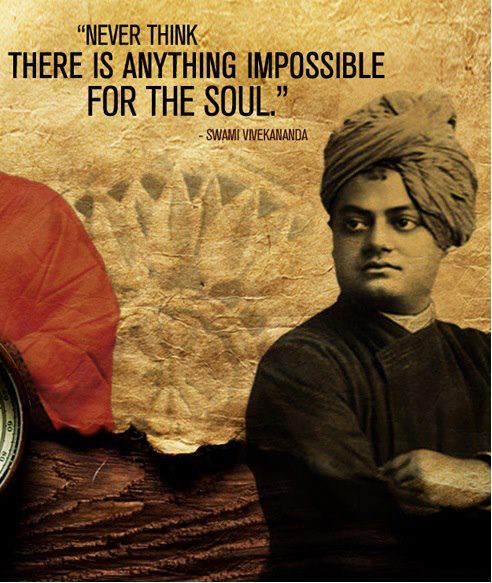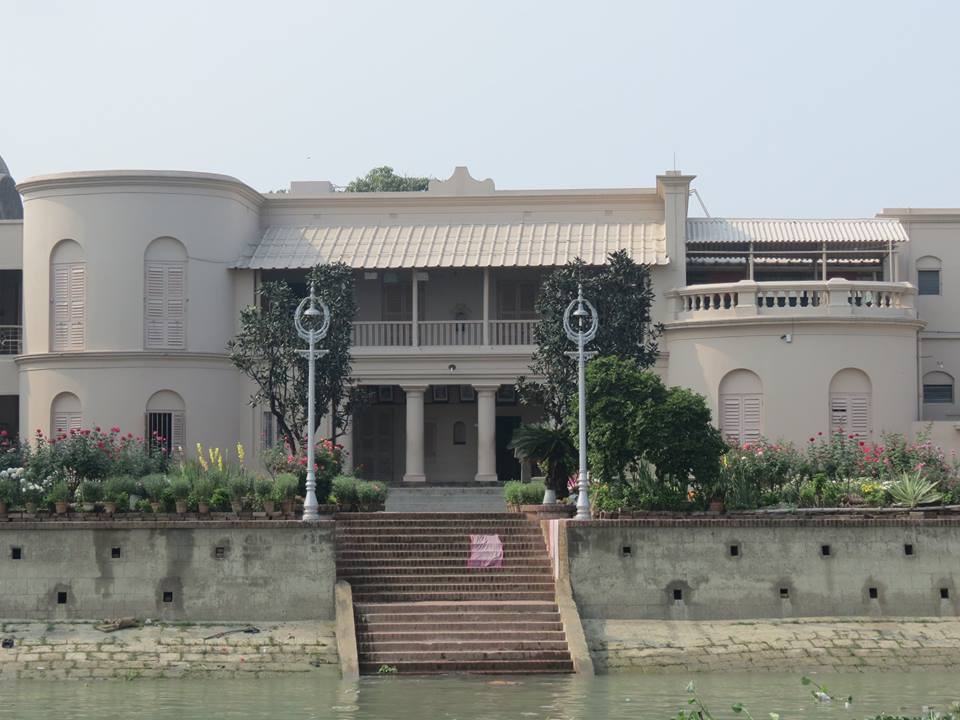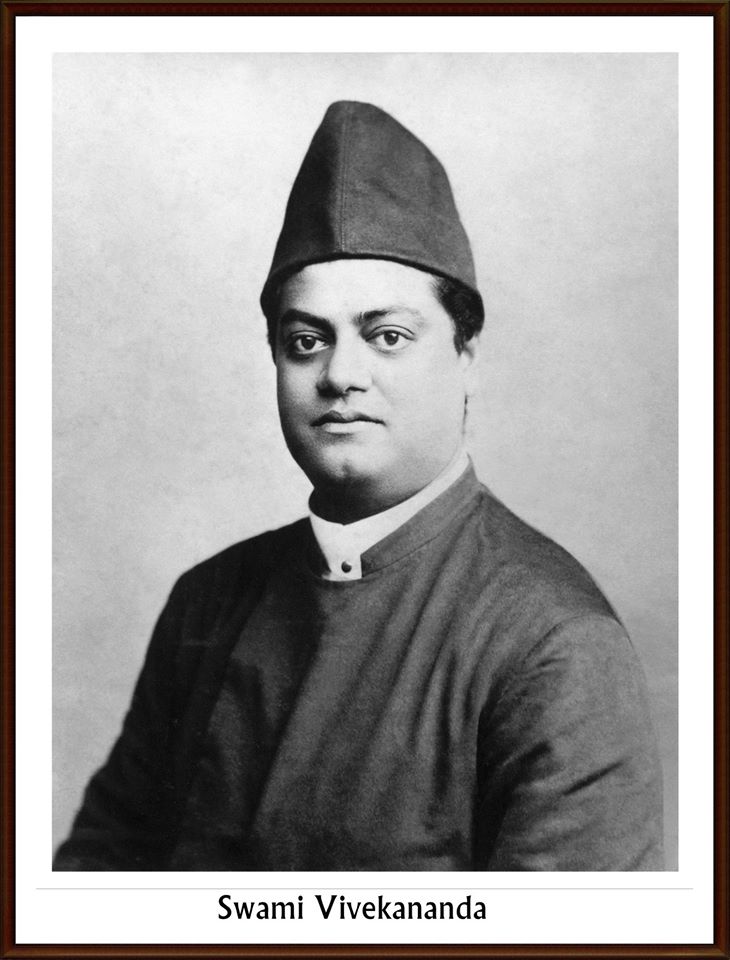Jnana-Yoga :2-10.

CHAPTER -2. THE REAL NATURE OF MAN : 10. (Delivered in London) Thus, when people cease to think of the past or future, when they give up the idea of body, because the body comes and goes and is limited, then they have risen to a higher ideal. The body is not the Real Man, neither is the mind, for the mind waxes and wanes. It is the Spirit beyond, which alone can live for ever. The body and mind are continually changing, and are, in fact, only names of series of changeful phenomena, like rivers whose waters are in a constant state of flux, yet presenting the appearance of unbroken streams. Every particle in this body is continually changing; no one has the same body for many minutes together, and yet we think of it as the same body. So with the mind; one moment it is happy, another moment unhappy; one moment strong, another weak; an ever-changing whirlpool. That cannot be the Spirit which is infinite. Change can only be in the limited. To say that the infinite







